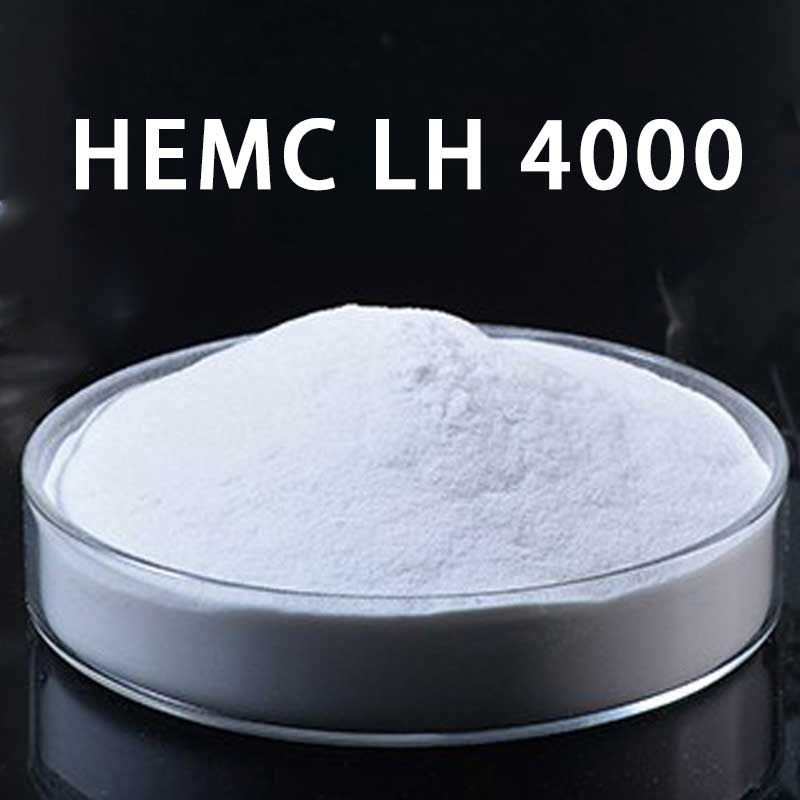
Products
HEC YB 300
Specification of HEC YB 300
| Chemical name | Hydroxyethyl Cellulose |
| Synonym | 2-Hydroxy ethyl cellulose; Cellulose hydroxyethyl ether, Cellulose ether, Hydroxyethyl Cellulose |
| CAS number | 9004-62-0 |
| Brand | EipponCell |
| Product Grade | HEC YB 300 |
| Solubility | Water Soluble Cellulose ether |
| Physical form | White to off-white cellulose powder |
| PH(1%) | 5.0 – 8.0 |
| Degree of substitution | 1.8 - 2.5 |
| Viscosity Brookfield ,1% solution | 240-360 mPa.s |
| Viscosity NDJ 2% Solution | 240-360 mPa.s |
| Moisture | Max5% |
| Ash content | Max5% |
| HS code | 39123900 |
Application of HEC YB 300
KimaCell® HEC HS300 Hydroxyethyl cellulose finds its primary application in hair care products, primarily focusing on enhancing hair's softness and manageability.
HEC exhibits an intriguing ability to create a uniform, see-through, and glossy film, which can substantially improve the visual appeal of hair. Importantly, it boasts a balanced affinity for adhering to hair without causing buildup or accumulation. In addition to directly conditioning hair, the cationic cellulose polymer within HEC collaborates synergistically with silicone oil. This partnership is particularly impactful when it comes to interacting with the negative charge present in hair.
Notably, cationic cellulose has the remarkable capacity to prevent the unwanted deposition of silicone oil on hair strands. This careful balance ensures that hair retains its natural volume and avoids feeling greasy, resulting in a comprehensive and ideal conditioning effect. Consequently, cationic derivatives of HEC have earned widespread utilization in hair care shampoos, delivering superior performance and a pleasant tactile experience to users.
Documents of HEC YB 300
Recommended HEMC for Building & Construction

Address
Mayu Chemical Industry Park, Jinzhou City, Hebei, China
Tel/Whatsapp
+86-311-8444 2166
+86 13785166166 (Whatsapp/Wechat)
+86 18631151166 (Whatsapp/Wechat)
Latest information
news









